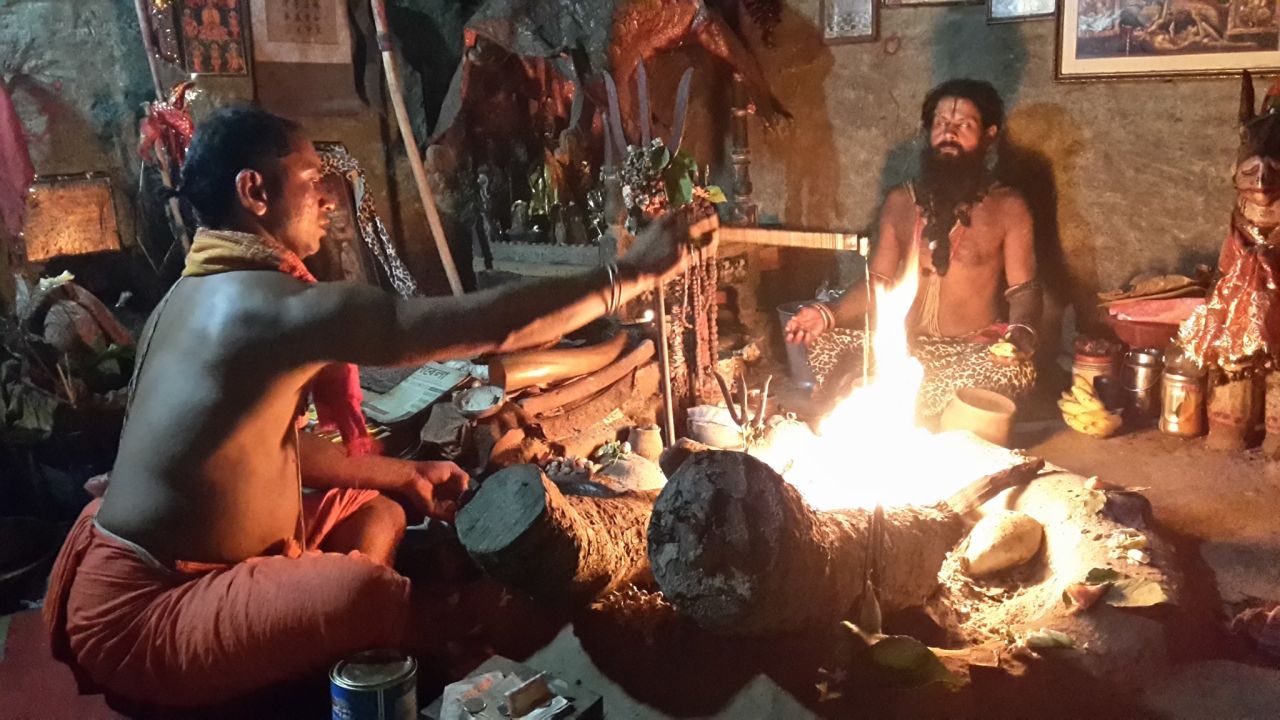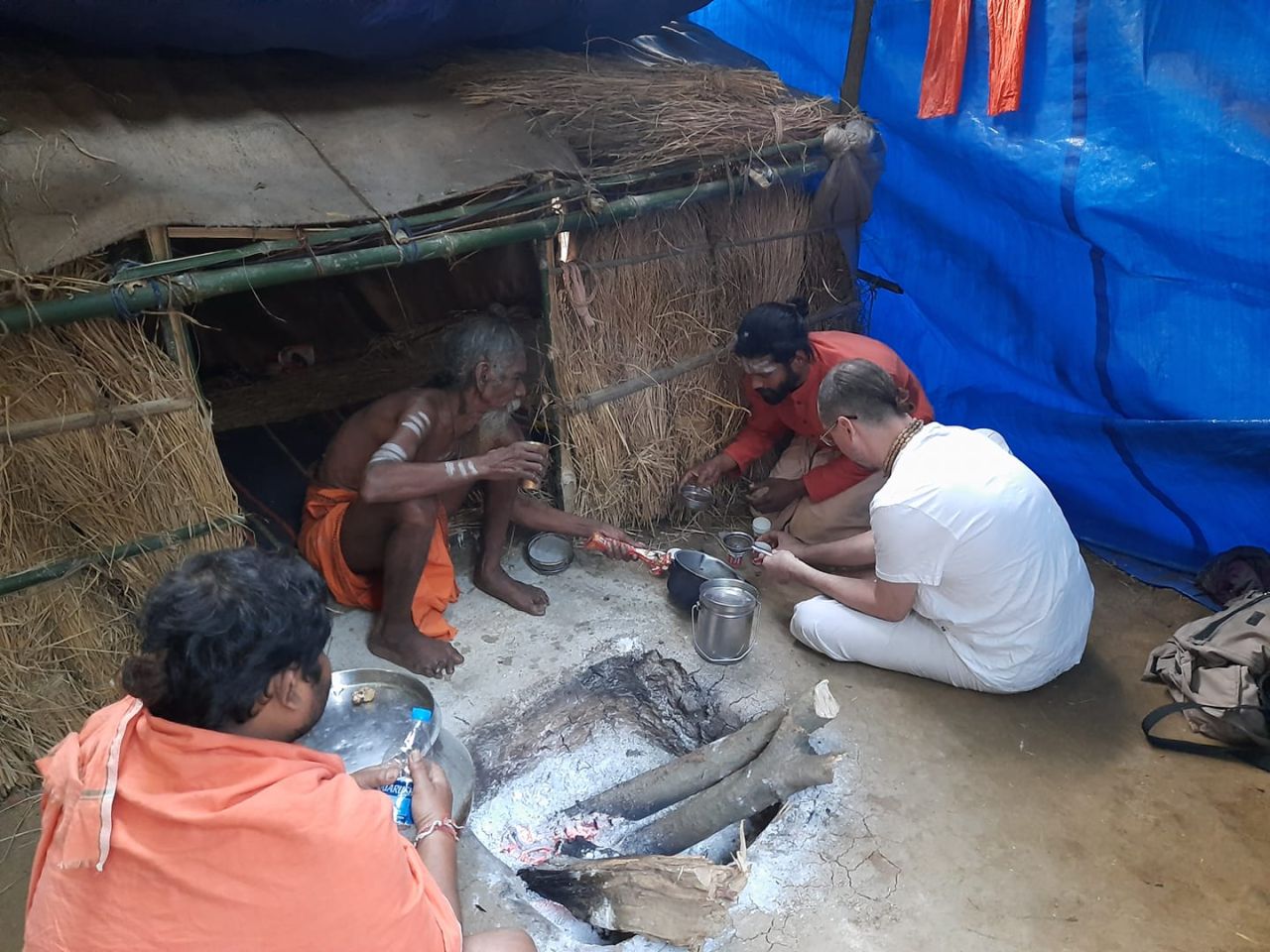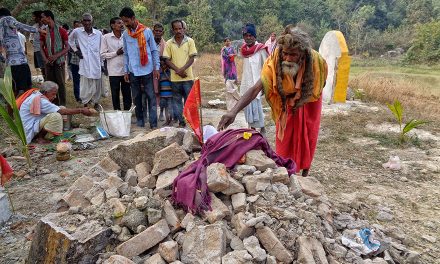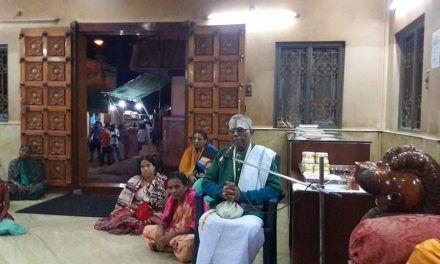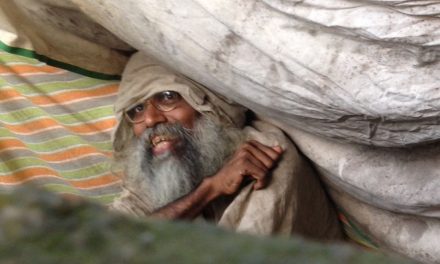In North India the sadhus keep akhanda dhuni, which they worship three times a day and keep burning continuously. It is the same as nitya yagya (daily fire sacrifice).
Once upon a time, every house used to keep ever burning fire in the kitchen, because it was not so simple to light fires as we do today with matches. If your kitchen fire went out, you would go to your neighbor to borrow fire.
The longer a fire burns, the divine presence becomes magnified. Generally if one does yagya three times a day, that fire will still be present in the morning and one does not need to light the fire again.
The cremation fire in Kashi has been burning for 5,000 years. There is a dhuni at Manikarnika Ghat that has been burning from time immemorial. For every cremation, they light straw from this dhuni and carry the fire to the cremation pyre.
Bhagavan is present in fire, and communication and delivery throughout the universe is done through fire.
brahmārpaṇaṁ brahma havir
brahmāgnau brahmaṇā hutam
brahmaiva tena gantavyaṁ
brahma-karma-samādhinā
The offering instrument is brahman, the oblation is brahman, the fire is brahman…
saha-yajñāḥ prajāḥ sṛṣṭvā
purovāca prajāpatiḥ
anena prasaviṣyadhvam
eṣa vo ’stv iṣṭa-kāma-dhuk
“In the beginning of creation, the Lord of all creatures sent forth generations of men and demigods, along with sacrifices for Vishnu, and blessed them by saying, “Be thou happy by this yajna [sacrifice] because its performance will bestow upon you all desirable things.” – Bhagavad Gita 3.10

